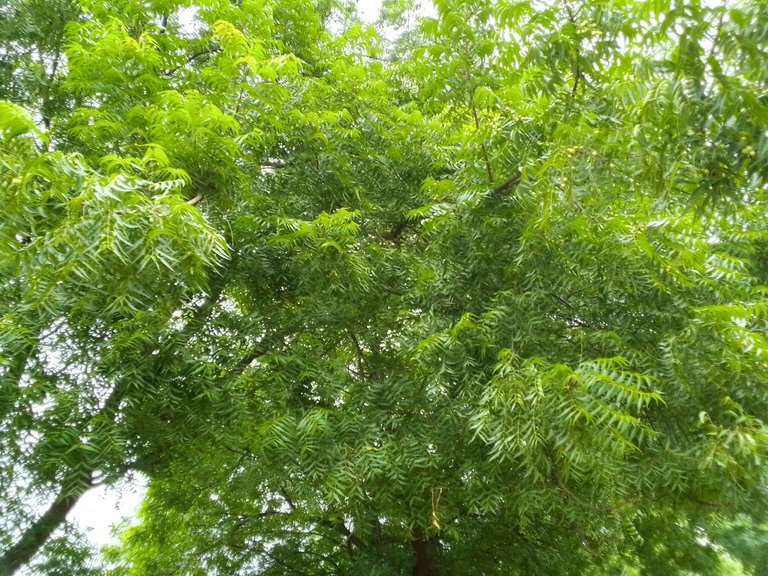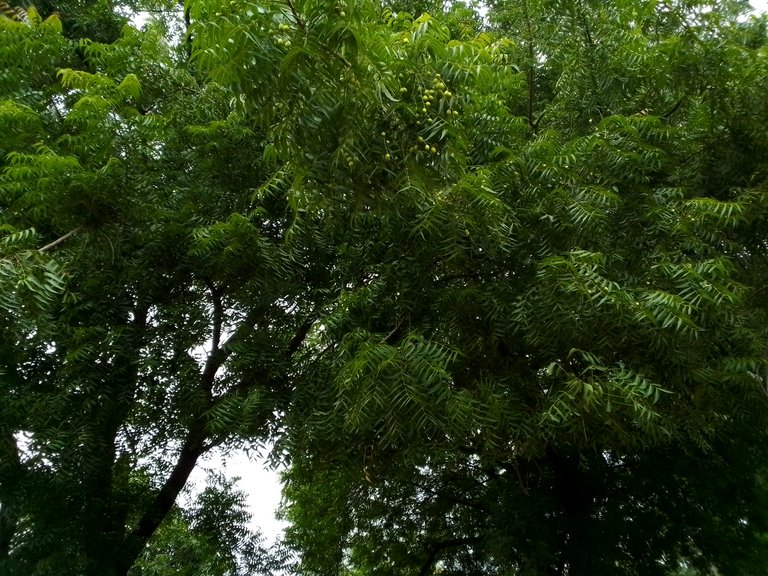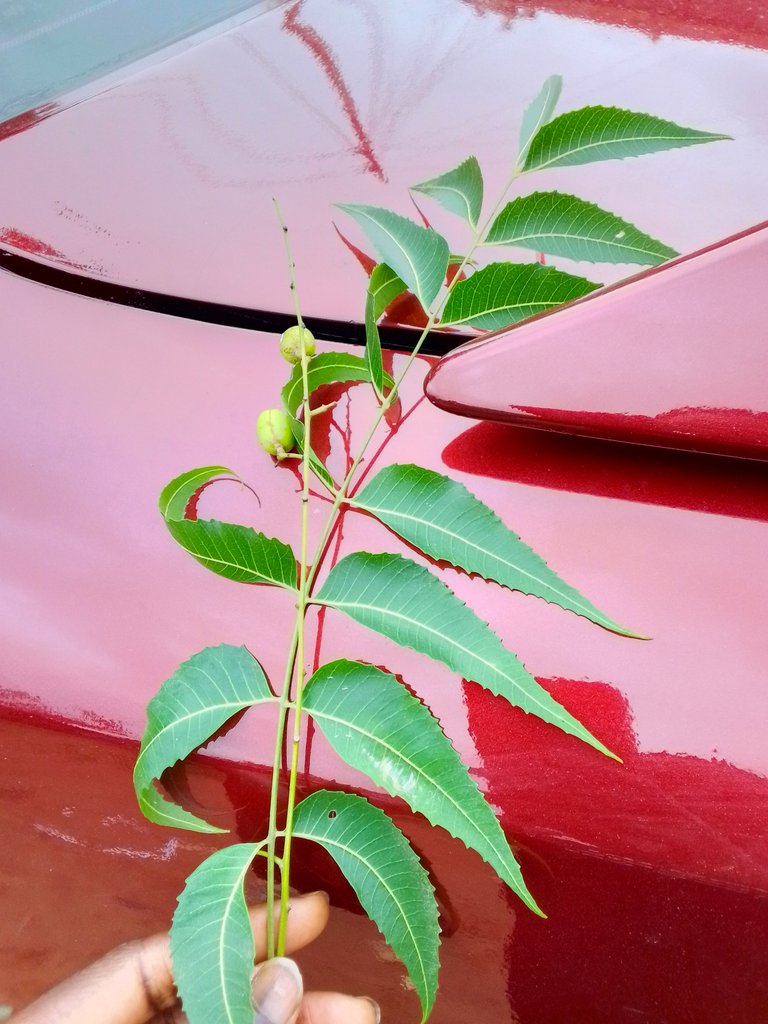One can never outsee nature; there are some natural plants that we consider useless just because we don't know their usefulness and the goodness embedded in them. Not, until we inquire about the knowledge about these plants, we won't be able to use them for our benefit as humans. A country like India, which makes good use of herbs and shrubs, recognizes most of these natural plants and uses them in their daily cooking, either as food or tea. I was passing by my street last week, and I paused to examine this tree I've always seen but had no interest in. It is known as the dongoyaro tree in my tribe, but as a neem tree in English, Azadirachta indica is the botanical name. This was the same tree I've known from childhood.

Growing up as a child, a small branch of this tree was always cut for beating. I remember my grandmother keeping some at the back of her room entrance door, and anytime I did something that warranted beating, she always went there to pick anyone she could lay her hands on to beat me. Later, I saw people cutting a small portion of the twig to brush their teeth by chewing it softly, which I saw as a dirty act until I read about it and learned it reduces tooth plaque. As I grew older, I noticed my grandmother did use it to prepare herbs for me anytime I fell sick, and I was always reluctant to take it because of the bitter taste. Nevertheless, I had no choice then but to take it even when I never wanted to.

Research made me know that neem contains chemicals that help reduce blood sugar levels, heal an ulcer in the digestive tract, kill bacteria, and prevent plaque from growing in the mouth. In some cases, neem leaves are used in treating eye disorders, bleeding nose, intestinal worms, stomach upset, loss of appetite, fever, diabetes, gum disease, and liver disease, among many others. There are healthy benefits to the neem tree; each leaf and branch has its blessing embedded in them. I got to know that neem leaves can be dried and grinded, used as spice in food in some cases. It is used mostly for aged individuals due to their health conditions in old age. Neem leaves are a great gift of nature for humankind.

India consumes neem in large quantities; they use the oil extract in cooking, eat the fruits raw or cooked, and use the twig or bark for herbs as ethnomedicine and ethnoveterinary medicine. They wouldn't have delighted much pleasure in using neem if it's not healthy for human health. Also, here in Nigeria, I've seen Neem leaves being used, as stated earlier in this write-up. Neem is being neglected in several cases because it's considered one of the not-so-important trees around, but it is very important, and now I will learn to make good use of it.
All images are mine
Thanks for your time, and your comments will be appreciated.
Posted Using InLeo Alpha
nature never fails to impress :D